Where Dragon Fishes are bred…
20 Nov
Well, there is really no such thing as a dragon fish. But to the Chinese, the Arowanas look remarkably similar to a dragon. Although they are highly prized the Chinese because of that but these fishes are not indigenous of this region but are actually from South America. They were obviously brought over a long time ago. There are three main types of Arowanas – the red, gold and green. These are of course the colour of their beautiful dragon-like scales.
On our journey to ipoh, I drove Fat Monk and Monlam up along the highway along with Jamie, Jean Ai and Wai Meng in Jamie’s car. Our first destination was the Arowana fish farm and we found our way on a dirt road filled with large industrial fish farms that reared Arowanas. We found our way to Bintong farm and rendezvoused with Rinpoche soon after to check out the farm.
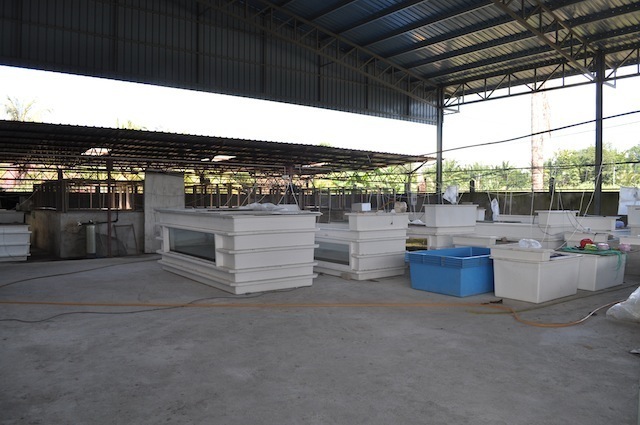
Adolescent and adult Arowanas are reared in these large tanks. Arowanas are predators in their natural habitat where they prey on small fishes and insects in shallow lakes and rivers. Arowanas can live up to 80 years old if they are kept in ideal conditions.
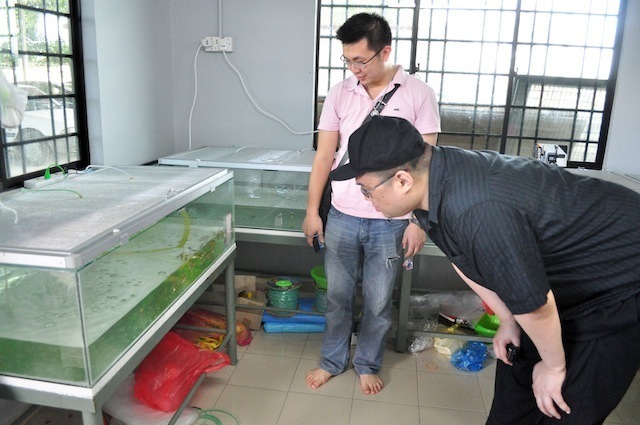
Here are the incubation tanks where the little Arowanas babies are nursed to maturity. Here, Rinpoche is asking me whether I want to take rebirth as a baby Arowana. I said no of course but the very thought bothered me for a the next hour.
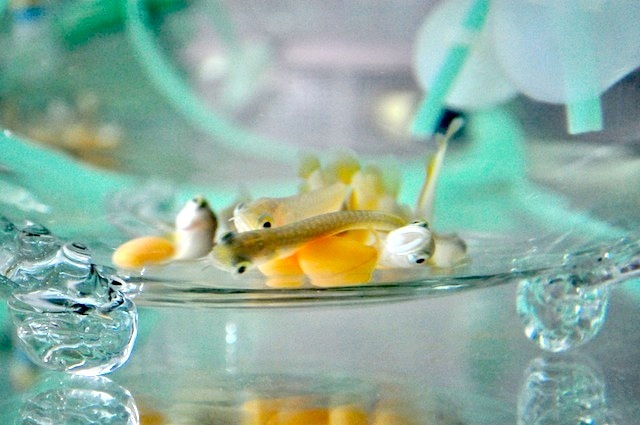
Look at these poor fellas, having to carry their yoke sacs until maturity. It ain’t fun to take rebirth as one of these guys only to live in a small glass tank for the rest of their long lives!
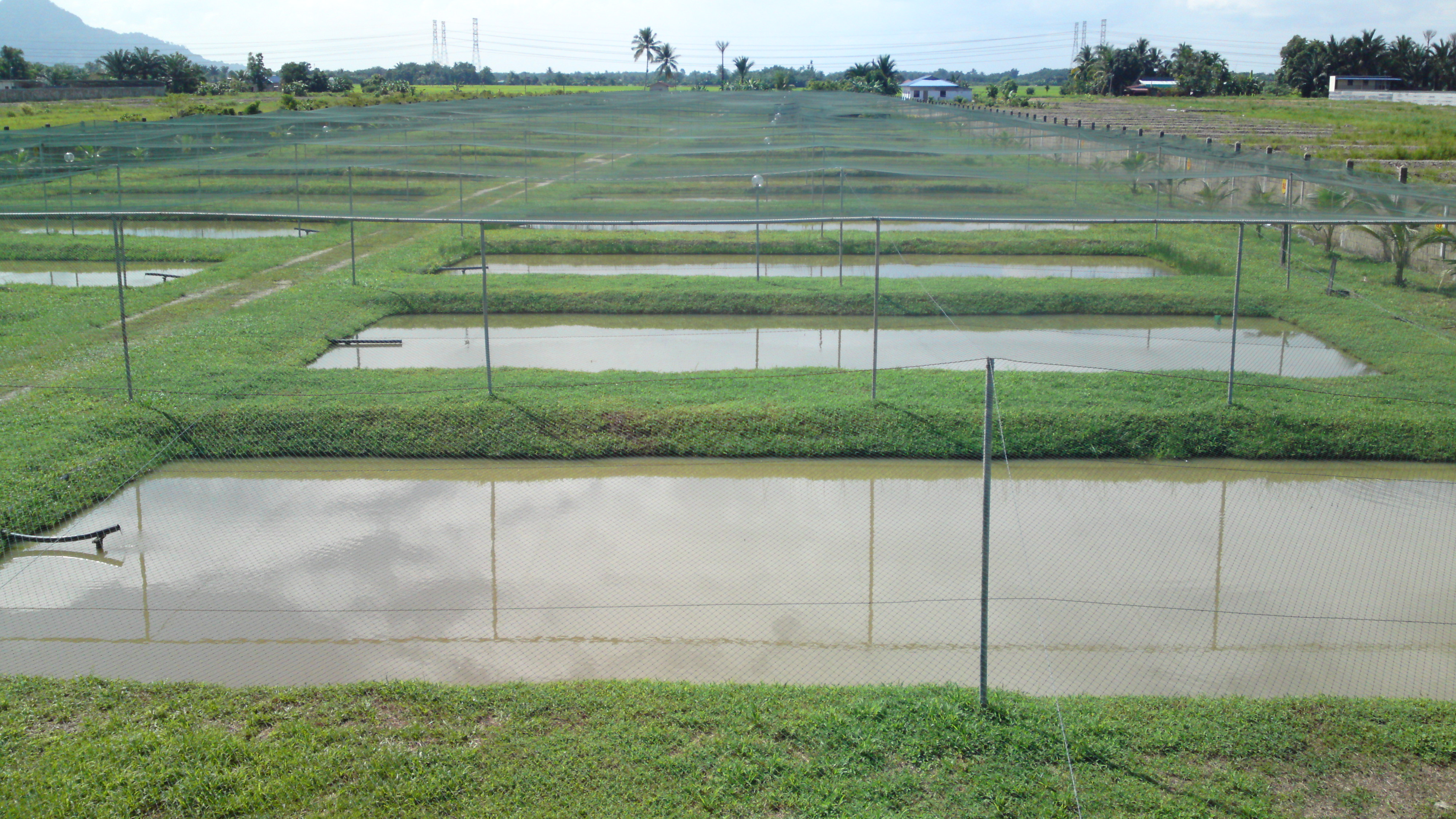
These are the love ponds of the Arowanas and this is where the male and female Arowanas are placed for love-making and of course reproduction. Arowanas are ‘mouthbrooders’, which means the male keeps the little Arowanas in their mouths until maturity. The caretaker here told us that a typical male fish take approximately 40 to 50 little babies and they don’t eat for that entire month. That is also how the caretaker notice that Arowanas have babies. The male fishes surface at night and the head of the male fishes that are carrying babies are noticeably larger. Rinpoche thinks this is fantastic as it is very rare to have the male take responsibility of child-bearing in the animal realm.
Here, Monlam gives his best impression of an inviting male Arowana fish – steady, strong, and promises to take care of children… Well not in his mouth of course! Paris! Take hint!


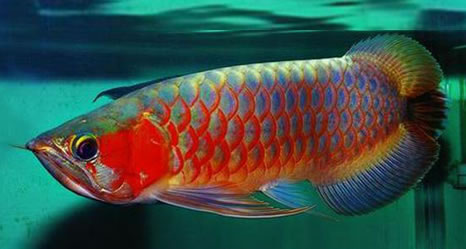
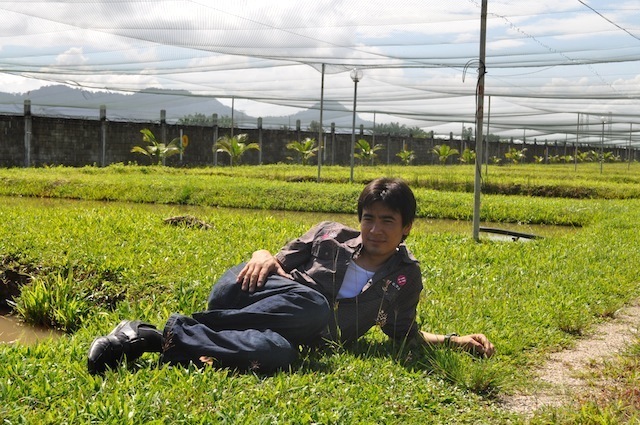




No comments yet